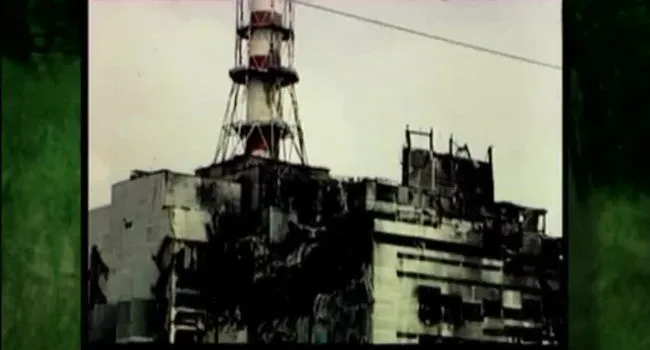Kaltura
Part 2 of 3
In Part 2 of the Nature Comes Back - 25 Years After Chernobyl, the panelists discuss the impact of the accident on nature and the people of Chernobyl.
Expert Panel of Guests:
- Charles Bierbauer, Dean of USC’s College of Mass Communications and Information Studies, who was CNN’s senior White House correspondent in 1986 at the time of the Chernobyl incident and reported on President Reagan’s trip to Indonesia and Japan as Chernobyl’s radiation cloud drifted across two continents.
- Dr. Tim Mousseau, USC Professor of Biological Sciences, who has made numerous trips to Chernobyl to study the impact of radioactive contaminants on the area and is a leading authority on the impact of radioactivity on birds and insects in the area surrounding Chernobyl.
- Dr. Gordon B. Smith, USC Professor of Political Science and Director of the Walker Institute of International and Area Studies, who is a noted authority on Russian politics and author of numerous books including “Soviet Politics: Struggling with Change” and “State-Building in Russia.”
- Dr. Eduardo B. Farfan, Principal Engineer in Environmental Studies and Biotechnology at Savannah River National Laboratory, who worked with the Chernobyl Center’s International Radioecology Laboratory and lived in nearby Belarus for five years.
- Sherry Beasley, Grants Director and Foundations Coordinator for the Clemson University Provost, who made four trips to Chernobyl to chronicle and report on the activities in the area and wrote feature articles for The State and other media.
- Allen Sharpe, Director of Photography for ETV’s NatureScene, whose photographs from his visit as part of the ETV crew that produced programs in Chernobyl and Kiev are used in the programs.
- Rudy Mancke, Naturalist-in-Residence at USC, who was the naturalist on ETV’s NatureScene that aired nationally on PBS for twenty-five years and who made four trips to Chernobyl to document the natural history.

